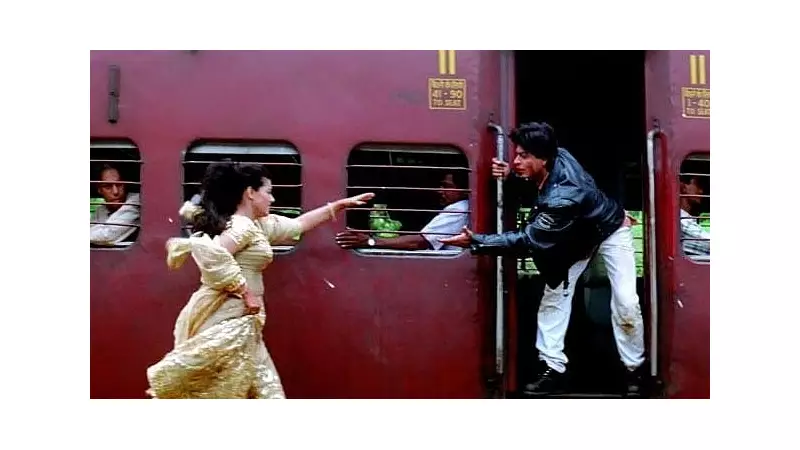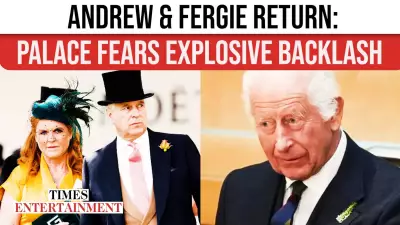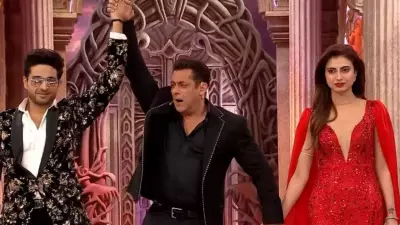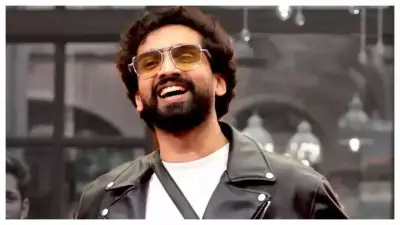
Three decades may have passed, but the magic of that unforgettable train sequence from Dilwale Dulhania Le Jayenge continues to captivate audiences and inspire filmmakers alike. The iconic moment when Raj Malhotra extends his hand to Simran Singh has become more than just a scene—it's a cultural phenomenon that Hindi cinema keeps revisiting.
The Birth of an Iconic Moment
Directed by a young Aditya Chopra, DDLJ's train sequence wasn't just another romantic moment. It represented the perfect culmination of Raj and Simran's European journey, blending Western freedom with Indian values. The dramatic tension as Shah Rukh Khan's character reaches out to Kajol, who must choose between family duty and true love, created cinema history that remains unmatched.
Why This Scene Became Timeless
Several factors contributed to this sequence's enduring appeal:
- Universal Emotional Appeal: The struggle between heart and duty resonates across generations
- Perfect Cinematic Timing: The build-up throughout the film makes this moment incredibly satisfying
- Cultural Balancing Act: It beautifully merges modern romance with traditional Indian values
- Iconic Performances: Shah Rukh Khan and Kajol's chemistry reached its peak in this scene
The DDLJ Legacy in Modern Bollywood
Even today, contemporary filmmakers reference this iconic sequence, paying homage to what many consider the gold standard of romantic moments in Indian cinema. From Rohit Shetty's Simmba to various other Yash Raj Film productions, the train motif and the extended hand have become shorthand for epic romance.
Beyond the Silver Screen
The sequence's impact extends far beyond cinema. It has inspired wedding photoshoots, social media trends, and has become part of India's collective romantic consciousness. The image of reaching out for love against all odds continues to symbolize hope and determination for millions.
As DDLJ completes its record-breaking run at Mumbai's Maratha Mandir theater, the train sequence stands as a testament to the film's enduring legacy—proving that some moments in cinema don't just entertain, but become permanent fixtures in our cultural memory.





